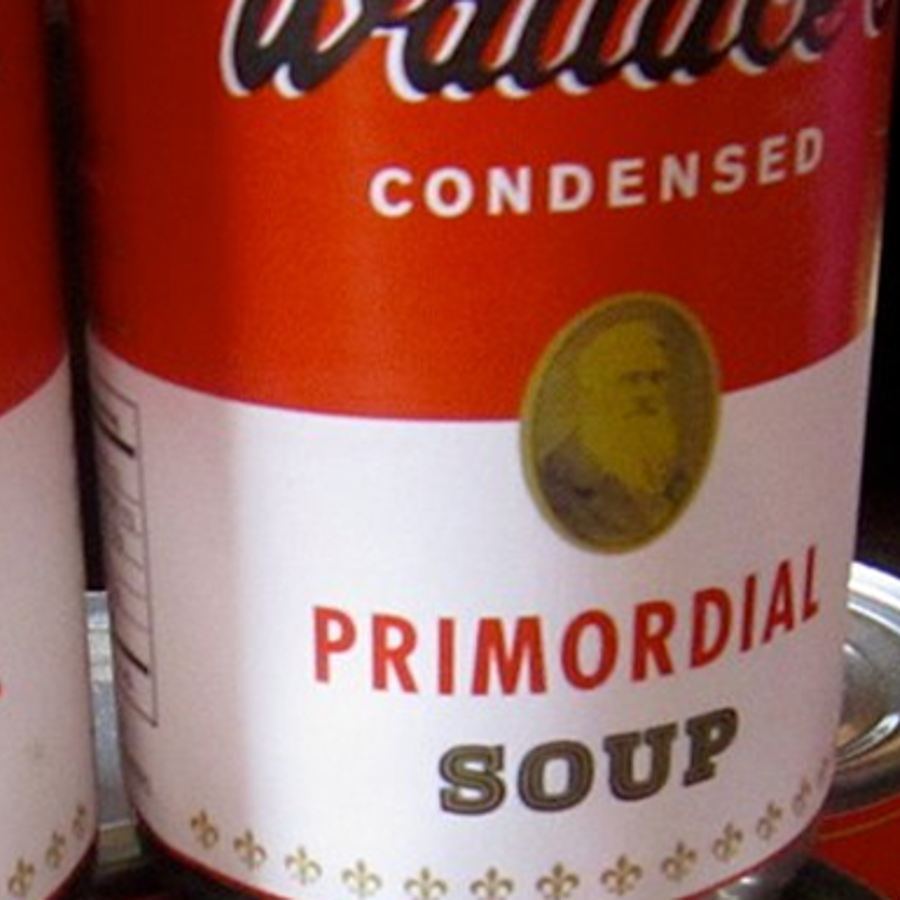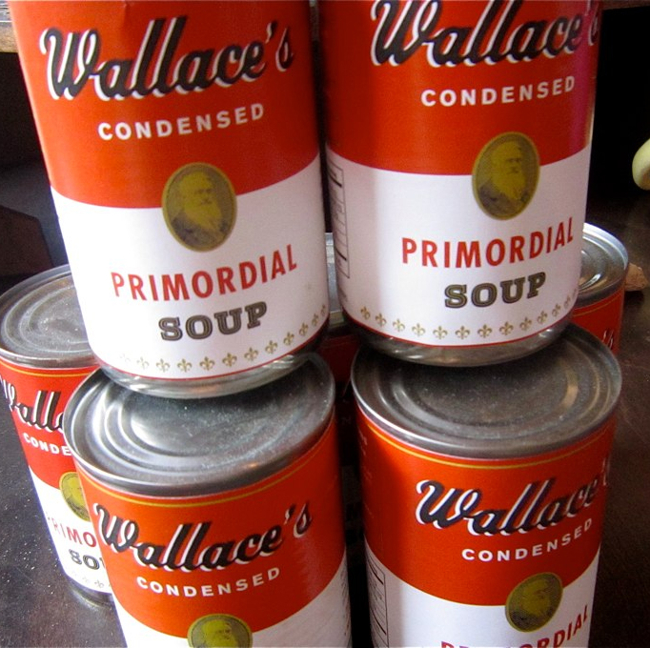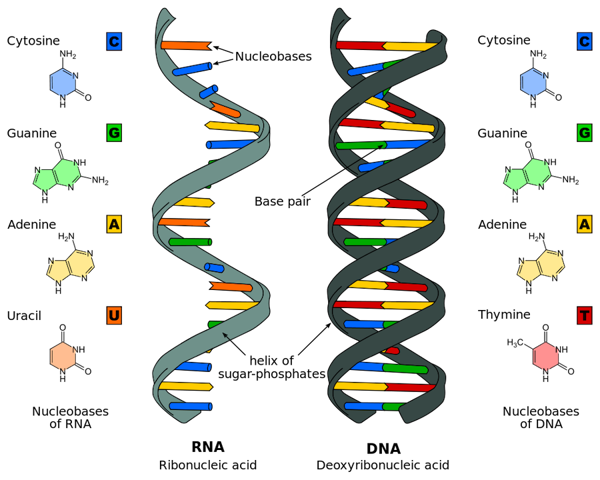
How did DNA come to be? Did it exist in the most primitive, 1 celled organisms?
May 5, 2005

- Related Topics:
- Evolution,
- RNA,
- Transcription and translation,
- Genes to proteins
A curious adult from California asks:
"It is so incredible to me that the entire genetic code of 3 billion bits of information exists within every cell. Astonishing. My question has to do with the origins of DNA. How did it come to be? Does that same double helix structure exist in the most primitive, 1 celled organisms? Or did it evolve in complexity along with evolving life forms?"
All known life around today uses DNA to store information. "Simple" one-celled organisms, mold, dogs, people all use DNA*.
But was it always this way? Probably not.
DNA by itself can't really do anything. It is like an instruction book. If no one is there to read it, nothing can get built.
And yet, nothing can get built without the instructions either. So where did DNA come from?
(*As with everything in biology, there are exceptions! Some viruses use RNA as their genetic material. Though whether they count as “alive” is under debate, since they can’t survive without invading another cell.)
This is obviously an incredibly tricky question. No one was around when life first started and no one has found any fossils.
But there are fossils of life from around 3.5 or even 3.8 billion years ago. So life evolved before then.
The first "life" must have been incredibly crude. What we're looking for here is something that can make copies of itself and change into the life we see today.
Stanley Miller did a famous experiment back in the 1950's that sheds some light on how things might have started. He set up his experiment to mimic what the world might have looked like 4 billion years ago.
Once he delivered some electricity to mimic lightning, amino acids were made. These amino acids are what proteins are made of.
So it might have been possible for some of the chemicals of life to be made from what was on hand 4 billion years ago. We would then have a soup of simple chemicals that, if they could combine, might create life.
Estimates are that the next step took 500 million years or so. Somehow, perhaps in a sheltered pool somewhere, these chemicals combined to create something that could make copies of itself.

But like I said, it probably wasn't DNA because DNA can't do anything. What we need is something like DNA that can do some work too. Is there anything around like that today? Yes, RNA.
Before going into detail about why RNA may have been the first information storage device, let's see what it does today.
As I said before, DNA stores information. Usually this information is put into use by proteins that copy the DNA into RNA. The RNA is then translated by proteins into different proteins.
These proteins then do most of the work in our cells. They let us think, see, breathe, etc. So, in this scheme, RNA is really just an intermediate between DNA and proteins, sort of a Xerox copy of the DNA.
But RNA is much more than that. Chemically it is almost the same as DNA — only a single oxygen atom separates them. Because of this, RNA can store information too. In fact, some viruses like HIV store their instructions in RNA.

RNA can also do some of the things proteins can do. Many proteins work by making chemical reactions go faster. In 1986, it was found that RNA could also do some of this kind of work. Since then, RNA has been shown to be involved in lots of the kinds of things proteins do.
So maybe RNA is the original molecule of life. If so, why did we bother with DNA and proteins? Because DNA and proteins are way better at what they do than RNA.
DNA is much more stable than RNA. What this means is that it stands up better to the environment and is less prone to error. Also, it forms very stable, predictable double strands, which works very well for information storage.
Proteins are also better at their jobs than RNA. Chemically they are much more complicated which means they can do many more tasks than RNA.

One thing RNA needs to be able to do to make this whole thing work is to be able to copy itself. Scientists have managed to have small RNAs make copies of themselves. These scientists are busily trying to "evolve" larger RNAs that can do the same thing. If they can make such an RNA, does that prove anything?
Not really. This is a tough nut to crack. Who's to say that anything around today is what life used 4 billion years ago? Maybe there is some bizarre chemistry we havent thought up yet that after a half a billion years or so could lead to DNA.
Who knows? Some scientists are trying to find evidence of this "RNA world" by studying the DNA from lots of different beasts.
For now, all plants, animals, and bacteria use DNA. There probably was life before DNA. But once DNA arrived, it was so good at what it does that everything else died out.
Read More:

Author: Dr. D. Barry Starr
Barry served as The Tech Geneticist from 2002-2018. He founded Ask-a-Geneticist, answered thousands of questions submitted by people from all around the world, and oversaw and edited all articles published during his tenure. AAG is part of the Stanford at The Tech program, which brings Stanford scientists to The Tech to answer questions for this site, as well as to run science activities with visitors at The Tech Interactive in downtown San Jose.
 Skip Navigation
Skip Navigation
